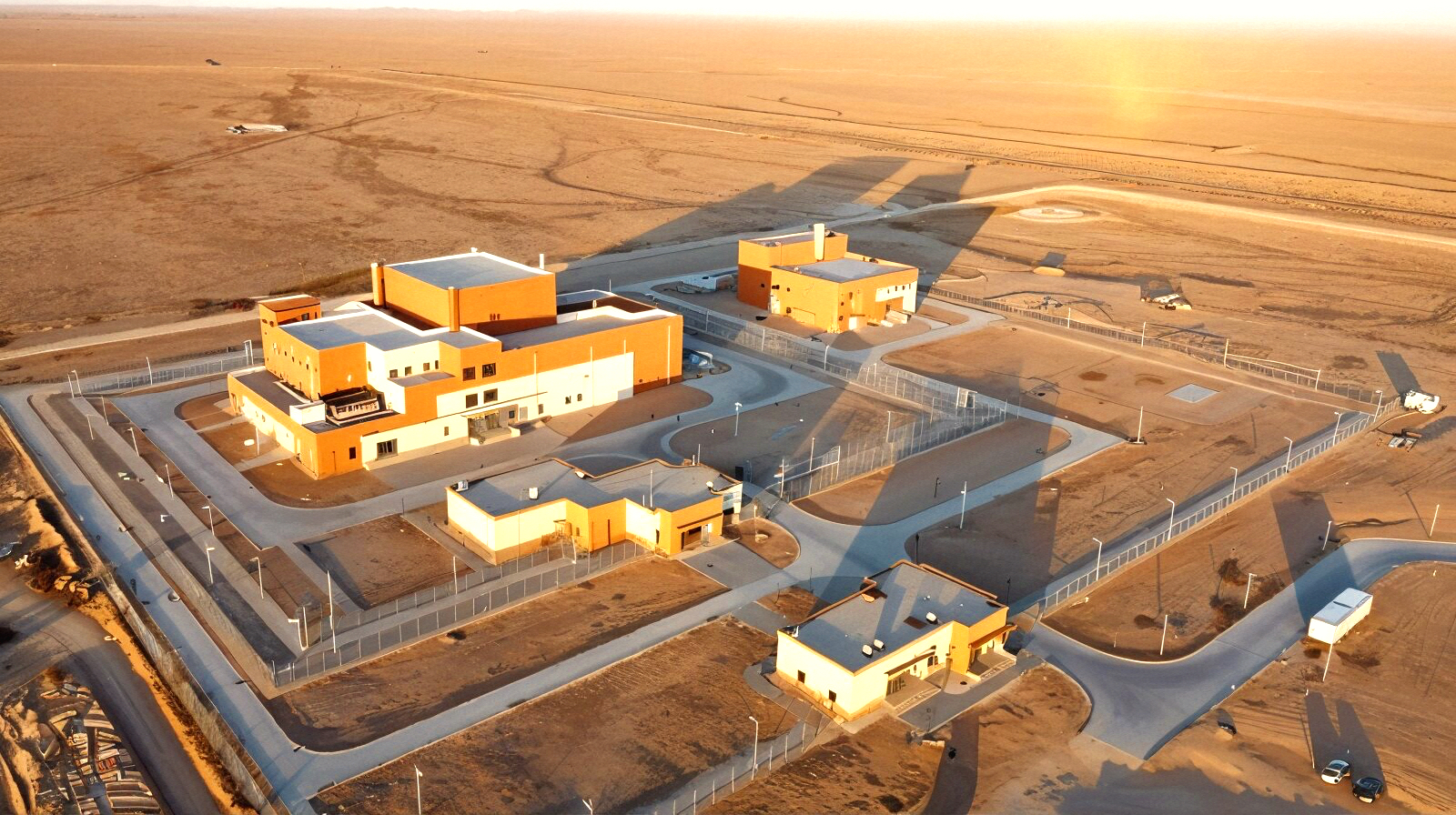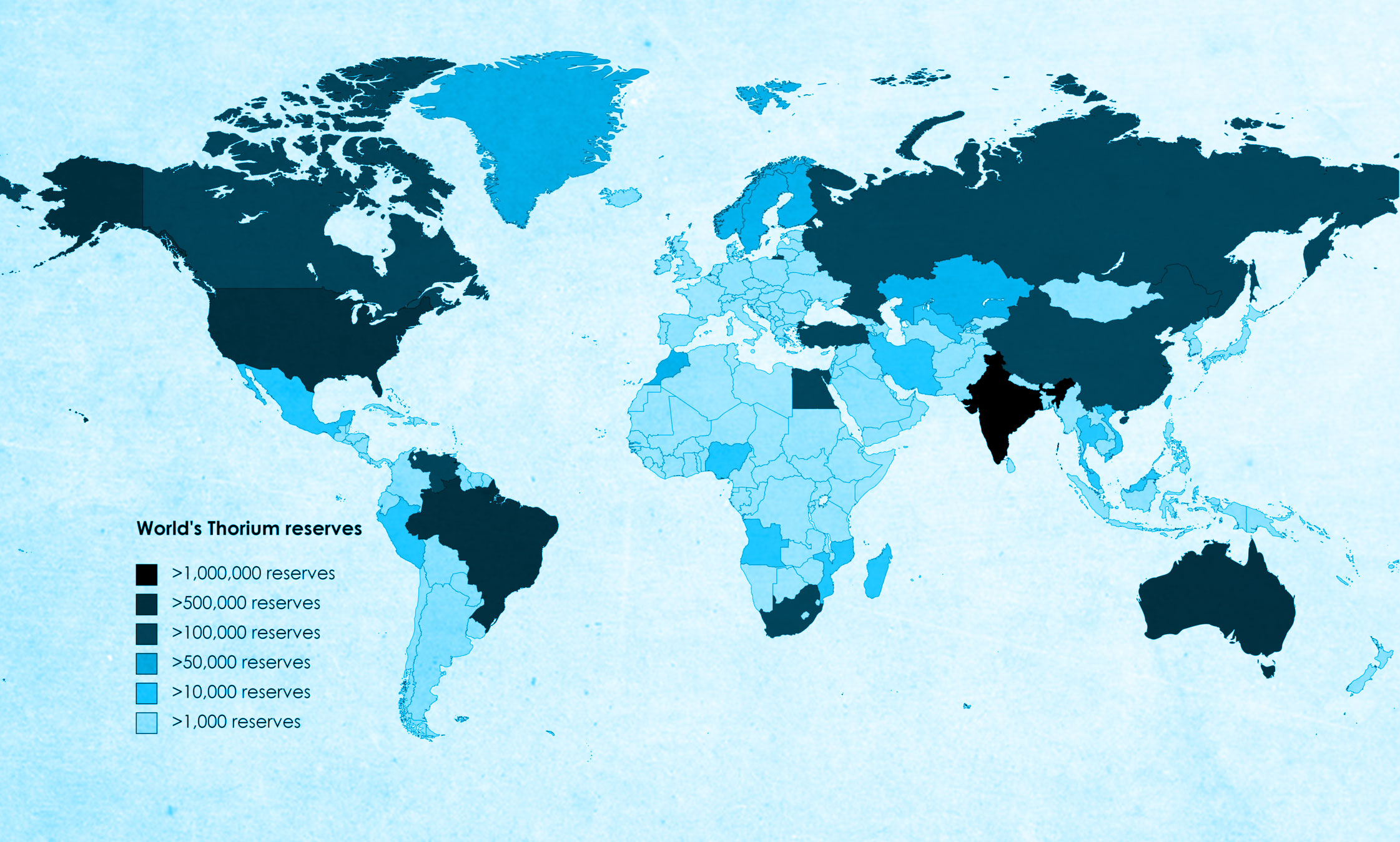For decades, thorium has been the “almost-there” fuel of the nuclear world, abundant, energy-dense, and theoretically safer than conventional uranium. Pair it with molten salt reactor (MSR) technology and you get one of the most exciting ideas in advanced nuclear energy. Yet excitement alone doesn’t light homes. So where does thorium nuclear energy actually stand in 2025, and how close are we to real electricity from molten salt reactors?
Let’s break it down.
Thorium + Molten Salt Reactors: Why People Are Still Paying Attention
Molten salt reactors, which use liquid salts as fuel, coolant, or both, have moved beyond theory and into meaningful experimentation.
A few highlights:
- MSRs are now firmly on the Gen-IV nuclear shortlist, consistently recognized as one of the most promising long-term reactor classes thanks to inherent safety, high efficiency, and the potential for online refueling.
- China is leading the charge. The TMSR-LF1 reactor (a small 2 MW thermal experimental unit) reached criticality in late 2023. Since then, it has hit two huge milestones:
- In 2025, it showed continuous-operation capability by being refueled without shutting down.
- It also achieved successful conversion of thorium into usable uranium fuel, a key step for any thorium cycle.
- Innovation isn’t limited to China. Companies like Copenhagen Atomics are engineering modular thorium MSR designs, and European research institutes continue to publish progress on reactor chemistry, materials, and safety modeling.
- The long-promised thorium cycle is no longer hypothetical science, it’s measurable progress.
The Reality Check: What’s Still Holding MSRs Back
For all the progress, we’re not yet at commercial electricity production, and several hurdles remain significant:
- Materials challenges. Molten salts are corrosive. Developing alloys that survive decades at 600°C+ is hard.
- Fuel chemistry and cleanup systems are complex and must work flawlessly for online fuel processing.
- Regulators are cautious, and advanced reactors face long licensing timelines.
- Economics are unproven, especially for first-of-a-kind plants.
- Even China’s working prototype is still an experimental unit, not a grid-connected power generator.
- A number of recent analyses across industry and academia land on a similar conclusion: MSRs may have great long-term potential, but no design has yet met the full trifecta of real-world requirements: affordability, competitiveness, and readiness for commercial deployment.
So… How Close Are We to Power from Thorium MSRs?
It depends on what you mean by “close.” If “close” means a commercial thorium molten salt reactor powering a city, we’re not there yet. If “close” means the technology is finally demonstrating key steps once thought decades away, the answer is yes, very much so.
Here’s the realistic outlook:
- Demonstration-scale reactors: Ongoing now.
- First grid-contributing prototypes: Plausibly early 2030s.
- Wider commercial availability: More likely mid-2030s and beyond.
- For the first time, the timeline feels like engineering and policy, not science fiction, are the real bottlenecks.
The Bottom Line
Thorium-based molten salt reactors are no longer the nuclear industry’s perpetual promise. 2025 marks a turning point: real reactors, real fuel conversion, real operational data. But the leap from pilot success to commercial deployment remains substantial. We’re closer than ever before, just not at the finish line. If progress continues at its current pace, the 2030s may finally be the decade when thorium MSRs stop being “the future” and start becoming part of the energy mix.







